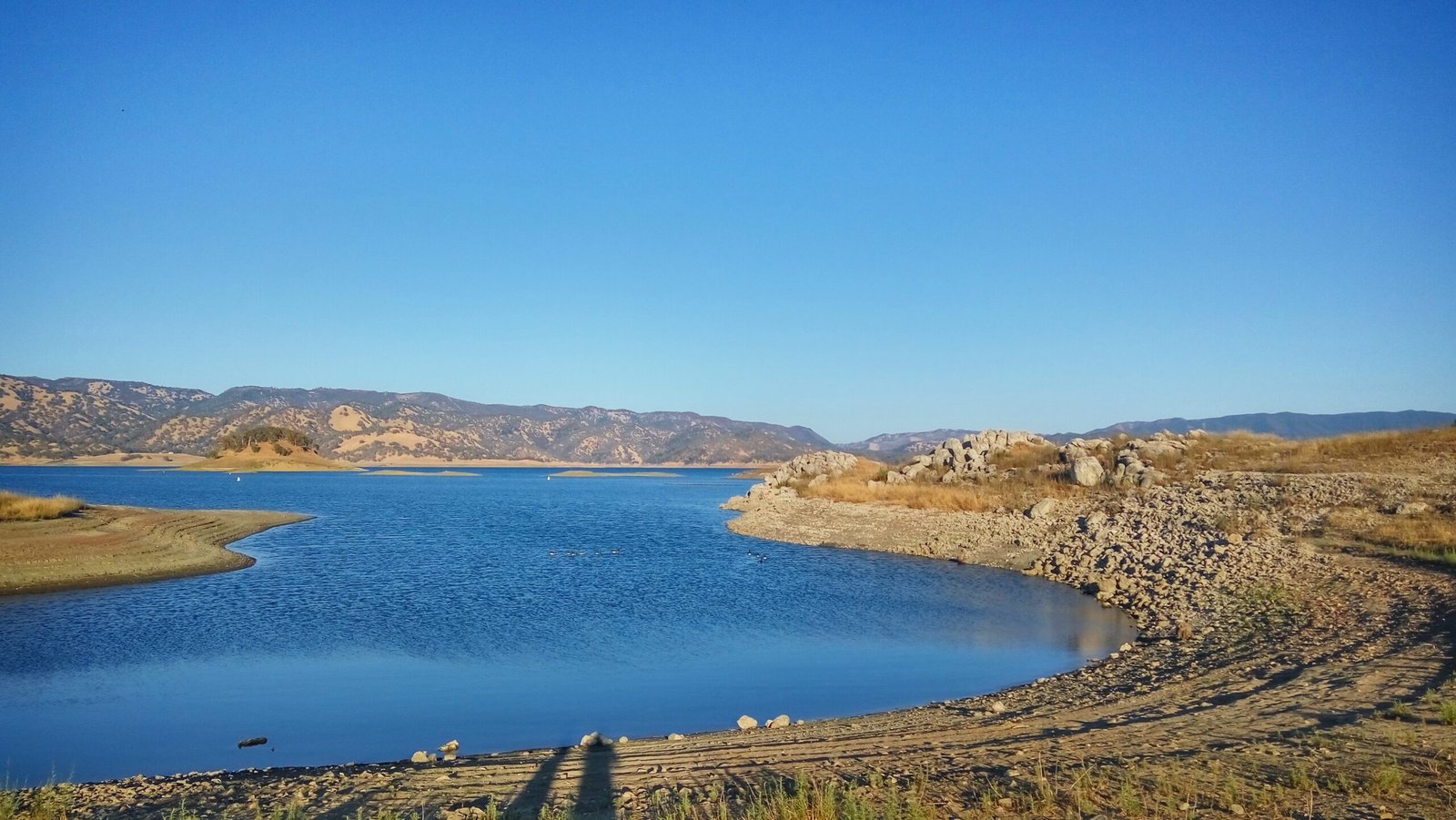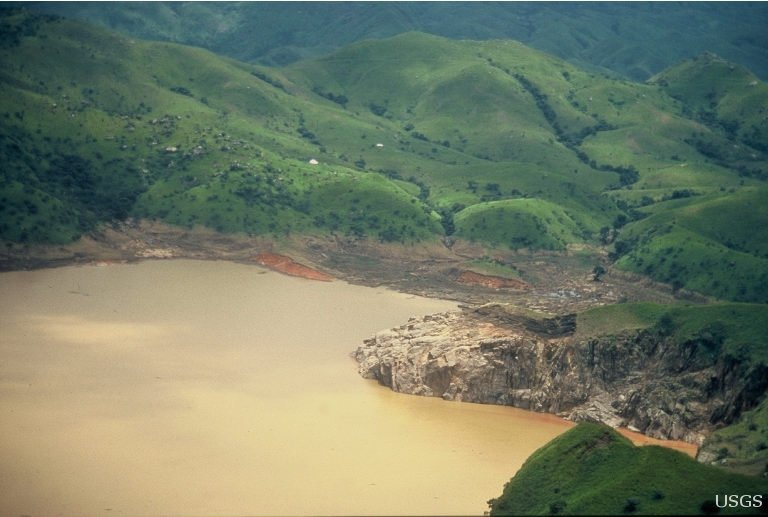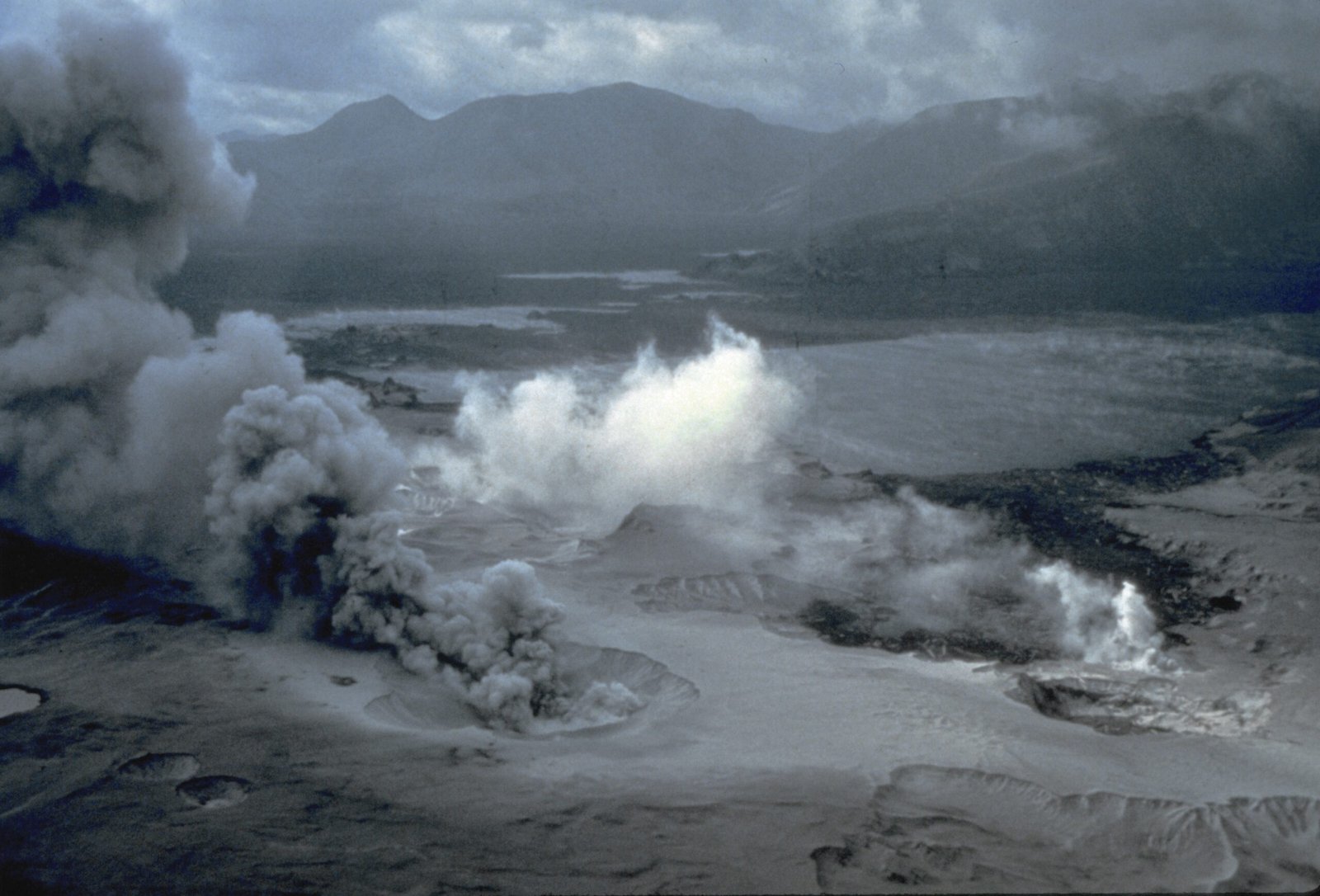Imagine a serene lake nestled amidst verdant hills, its surface glistening under the golden rays of the sun. Now, picture the same lake suddenly erupting with a force so powerful that it sends shockwaves through the surrounding landscape. This isn’t a scene from a science fiction novel but a reality that has occurred in some parts of the world. The phenomenon known as a limnic eruption, or ‘exploding lake,’ is both fascinating and terrifying in equal measure.
The Mysterious Phenomenon of Limnic Eruptions
Limnic eruptions are rare and extraordinary events where dissolved carbon dioxide (CO2) in a lake suddenly erupts, releasing a massive cloud of gas. This occurrence is akin to shaking a soda bottle and popping the cap, but on a much larger and more dangerous scale. Although the concept might seem far-fetched, these eruptions can be deadly, suffocating wildlife and humans alike. Understanding the science behind this phenomenon is crucial for ensuring the safety of those living near such lakes.
The Anatomy of a Killer Lake

Lakes prone to limnic eruptions are often deep and stratified, with layers of water that don’t mix. The bottom layers become saturated with CO2, typically from volcanic activity or organic decay. Over time, this gas builds up, creating a ticking time bomb under the lake’s placid surface. When conditions are just right, such as a landslide, earthquake, or even a strong wind, the gas is released explosively, turning the lake into a deadly cauldron.
A Historical Account: Lake Nyos Tragedy

One of the most infamous cases of a limnic eruption occurred at Lake Nyos in Cameroon on August 21, 1986. In a matter of hours, a massive cloud of CO2 was released, suffocating over 1,700 people and countless animals in nearby villages. The eruption left behind a trail of devastation, with survivors describing a thick, white fog that rolled down from the lake, leaving silence in its wake. This tragic event propelled scientists to study the phenomenon more deeply to prevent future disasters.
The Science Behind the Sudden Explosions

The underlying science of limnic eruptions revolves around the solubility of gases. Water can hold different amounts of dissolved gas depending on pressure, temperature, and other environmental factors. In the case of these lakes, the CO2 remains dissolved until a trigger causes it to come out of solution rapidly. This process is called ‘exsolution,’ and it can release vast quantities of gas in a short period, causing an eruption that is as sudden as it is deadly.
Why Only Certain Lakes Explode
Not every lake has the potential to explode. For a lake to be at risk, it needs specific conditions: it must be deep, have a source of CO2, and lack mixing between its layers. Most at-risk lakes are situated in volcanic regions where CO2 seeps into the water from below. Additionally, the surrounding topography plays a role, as steep sides can help trap gases, creating a pressurized environment ripe for an eruption.
Monitoring and Mitigating the Risks
In the wake of past tragedies, scientists have developed methods to monitor and mitigate the risks of limnic eruptions. One such method involves installing degassing pipes in the lake, which allow CO2 to escape gradually, preventing a buildup. These efforts have been employed at both Lake Nyos and nearby Lake Monoun, another site of a deadly eruption. Continuous monitoring and technological advances are key to ensuring that these lakes do not catch local communities off guard again.
Learning from Nature’s Unpredictable Fury
The study of limnic eruptions serves as a reminder of nature’s unpredictable power. Despite advances in technology and science, there is still much we don’t know about these explosive lakes. Each study and intervention not only helps prevent future disasters but also adds to our understanding of Earth’s complex systems. By learning from past events, scientists aim to improve safety measures and educate those living in vulnerable areas.
The Role of Climate and Environmental Changes
Climate change and environmental shifts could potentially influence the frequency and intensity of limnic eruptions. Changes in rainfall patterns, temperature, and land use can affect the stratification and gas saturation levels in these lakes. As global climates continue to evolve, understanding how these factors interplay with limnic eruptions becomes increasingly important. This knowledge will help scientists predict potential risks and adapt mitigation strategies accordingly.
Community Awareness and Preparedness

Educating communities living near at-risk lakes is vital for minimizing harm in the event of an eruption. Awareness campaigns, emergency drills, and early warning systems can empower residents to respond effectively when danger looms. Local governments and international organizations play a crucial role in these efforts, ensuring that information and resources reach those who need them most. Preparedness can mean the difference between life and death when nature strikes.
Reflecting on the Fragility of Life

The phenomenon of exploding lakes is a stark reminder of life’s fragility and the forces that shape our world. It underscores the importance of scientific inquiry and vigilance in the face of uncertainty. While we may never fully control or predict these natural events, our ability to learn, adapt, and prepare can help mitigate their impact. As we continue to explore the mysteries of our planet, we are reminded of the delicate balance that sustains life on Earth.



